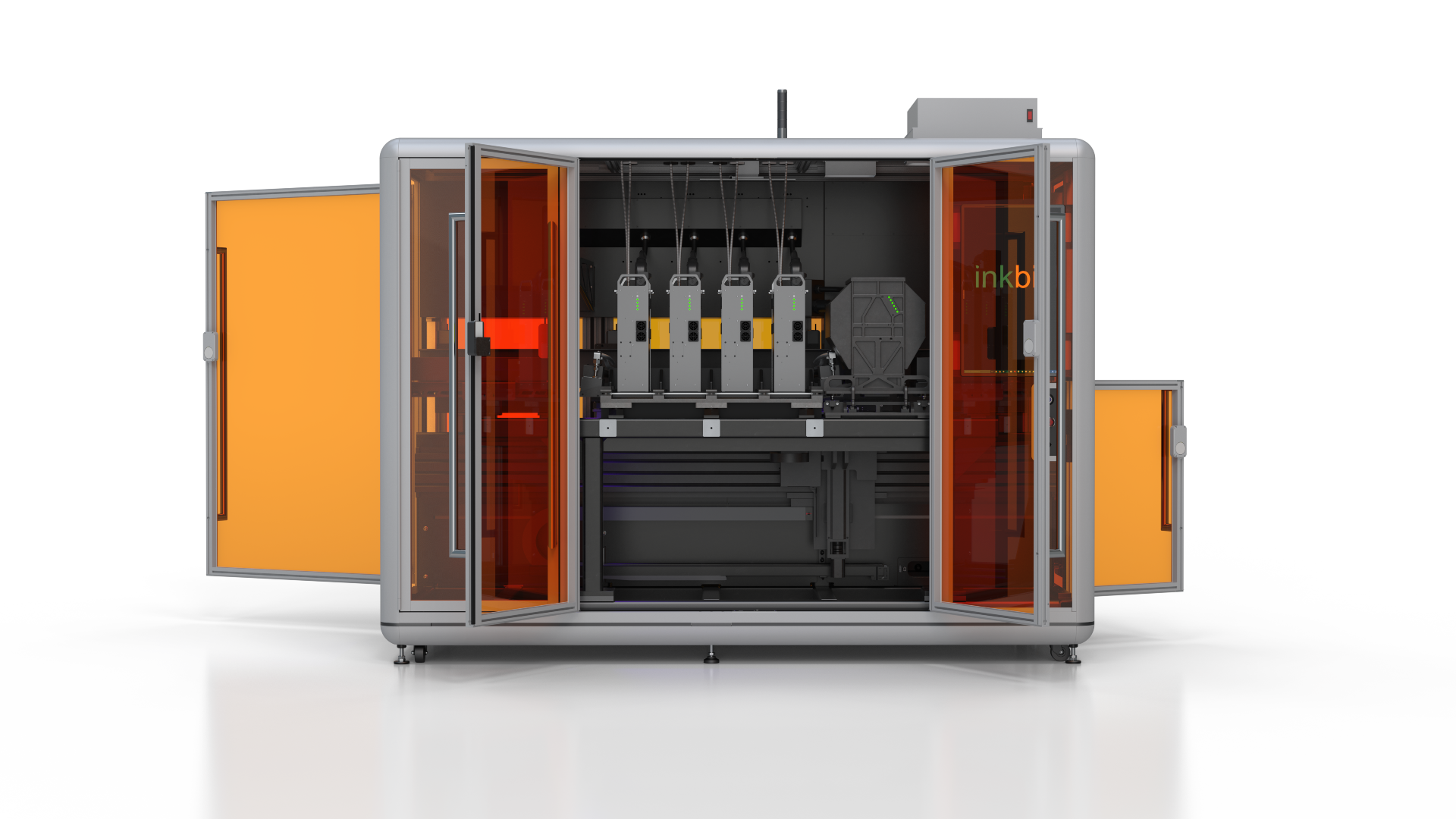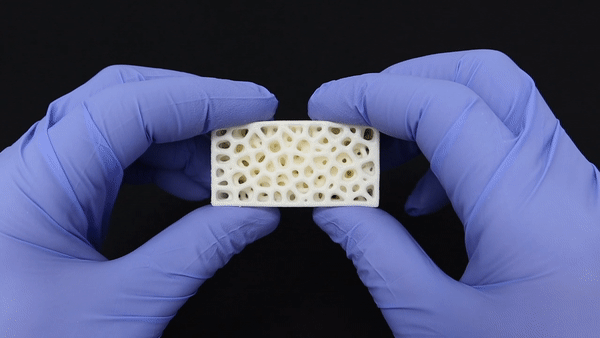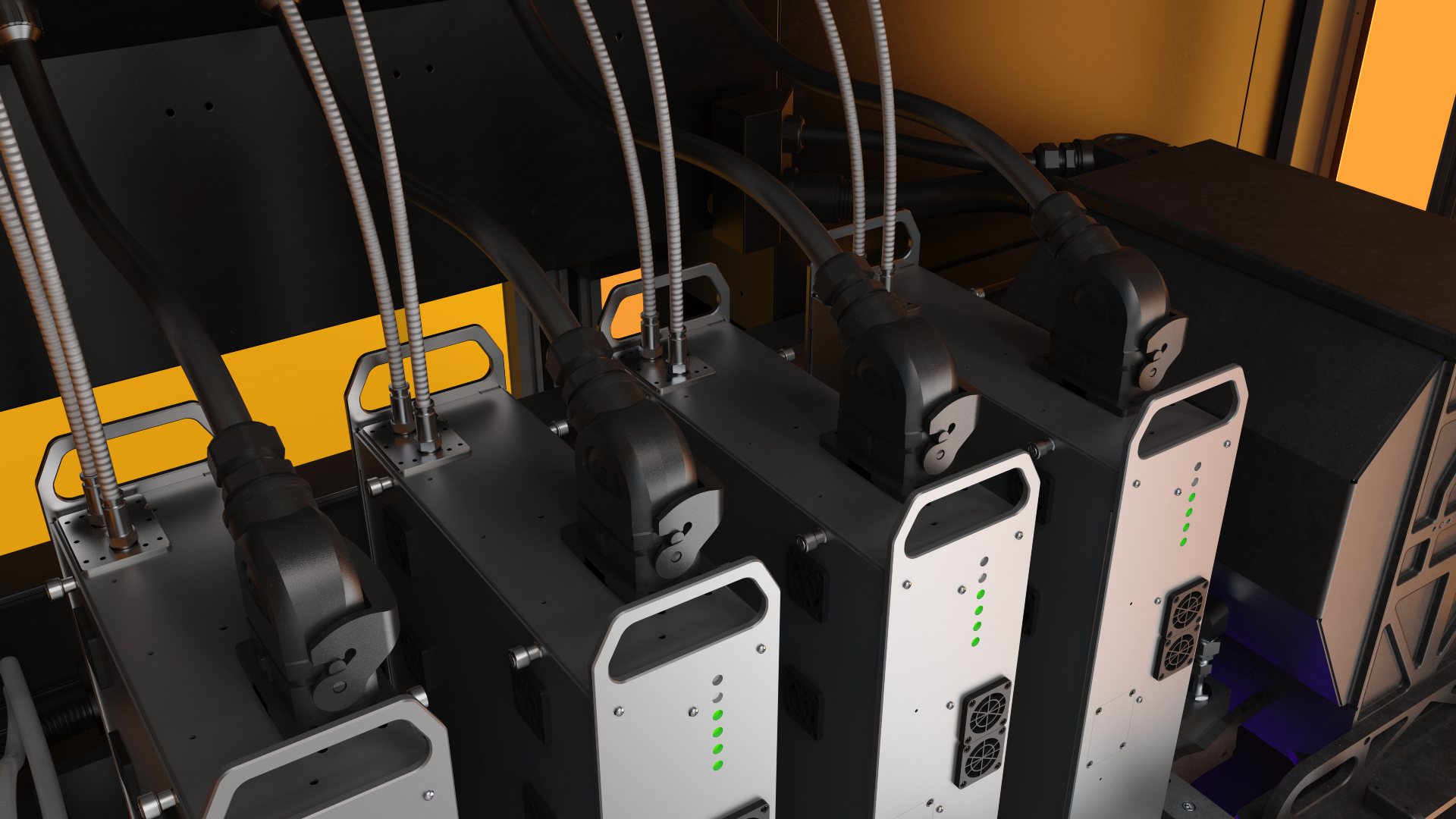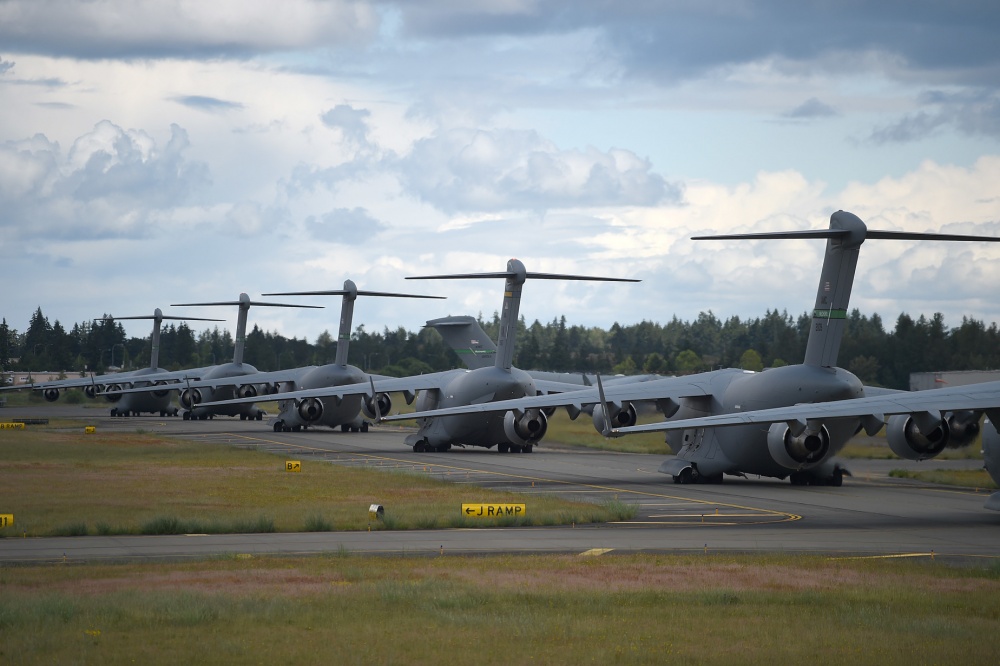Inkbit, a 2017 spin-out from MIT’s Computer Science and Artificial Intelligence Laboratory (CSAIL), has been awarded a Small Business Innovation Research (SBIR) contract from the US Air Force to build three 3D printing systems for use at its bases across the country.
Worth £1.7 million, the contract will support the development of technical improvements and software tools to improve the production output of Inkbit’s printers, which are among the first commercial systems to be built by the company.
The contract builds upon work funded by the Defense Advanced Research Projects Agency (DARPA) to develop the firm’s proprietary vision system.
“We are thrilled to be awarded this substantial contract from the United States Air Force,” said Davide Marini, Co-founder and CEO of Inkbit “We are at an inflection point in our business where the technology is undoubtedly making a difference in how additive manufacturing is used to create materials that are appropriate for end-use, pass quality assurance standards, and reduce general production costs from legacy systems.
“We look forward to working with the USAF and are excited to make a difference with additive manufacturing.”

Inkbit’s proprietary vision system
Inkbit was founded in 2017 by Marini and fellow co-founders Wojciech Matusik, Javier Ramos, Wenshou Wang, and Kiril Vidimče, at CSAIL, with the ultimate goal of creating a 3D printer “with eyes and brains”.
The company’s first prototype machine, the Snapper, was developed in 2019, and in February this year, Inkbit announced the launch of its first commercial 3D printer, Inkbit Vista. The machine is a multi-material jetting system that leverages MIT’s proprietary Vision-Controlled Jetting (VCJ) technology, using 3D machine vision and artificial intelligence (AI) for closed-loop functionality.
VCJ technology is licensed exclusively to Inkbit and utilizes a vision-based feedback control system that captures voxel-level 3D scan data of the print process on a rolling basis. This means each layer can be modified as it is printed and gives users real-time in-situ control of the printing process to ensure high performance components and reliable series production.
The company has raised some $15 million in funding since its establishment, attracting notable investors such as Stratasys, DSM Venturing, Ocado, and 3M.

Inkbit’s contract with the US Air Force
The SBIR contract will see Inkbit build three closed-loop feedback 3D printing systems that leverage the company’s VCJ technology for use at the US Air Force’s bases across the country, the first of which is to be deployed by the Texas National Guard.
The $1.7 million in funding from the contract will enable Inkbit to make technical improvements and advance its software tools in order to enhance the production output of its systems, and allow the company to continue to develop its proprietary vision system.
In the past, organizations such as DARPA and NSF have also provided significant funding for the development of the technology and subsequent applications in the medical sector.
“The Texas National Guard is proud to be the leader in adopting additive manufacturing into the National Guard,” said Lt. Col. Alex Goldberg, Chief Innovation Officer at the Texas National Guard. “We are excited to take the technology developed by agencies like DARPA to initiate expeditionary parts production efforts that will greatly reduce costs across the force.”

3D printing for the US Air Force
The US Air Force has supported research to develop 3D printing technologies with potential military applications for some time, and this looks set to ramp up in light of the Department of Defense’s (DoD) first comprehensive additive manufacturing strategy unveiled in February.
The Air Force’s past 3D printing-related partnerships include a project with Boeing and machinery manufacturer Thermwood to produce low-cost responsive tooling using additive manufacturing, and an initiative with 3D Systems to use its Figure 4 platform to explore how 3D printing could be used in the aircraft maintenance supply chain.
The Air Force has also teamed up with GE Additive and GE Aviation for a metal additive manufacturing program aiming to accelerate the adoption of 3D printing for spare parts. The project hit a milestone in May last year with the 3D printing of a sump cover for the F110 jet engine used in the Air Force’s F-15 and F-16 aircraft.
In 2020, the Air Force utilized Senvol’s data-driven machine learning software to facilitate the production of large-scale aerospace parts using multi-laser 3D printing technology, and optimize the production of end-use components. Earlier this month, Senvol announced plans to develop additional capabilities within its software after a fresh round of funding from the DoD, US Air Force, and US Navy.
The US Air Force’s own research teams have also leveraged 3D printing for several applications, including a proof-of-concept surgical retractor for medical use in the field, and a 3D printed nose simulator for which it filed a patent in January. Meanwhile, over at the Air Force Sustainment Center, a team of engineers became the first to successfully test a 3D printed metal component inside a US Air Force aircraft engine.

Subscribe to the 3D Printing Industry newsletter for the latest news in additive manufacturing. You can also stay connected by following us on Twitter and liking us on Facebook.
Looking for a career in additive manufacturing? Visit 3D Printing Jobs for a selection of roles in the industry.
Featured image shows an Inkbit Vista manufacturing facility. Photo via Inkbit.



